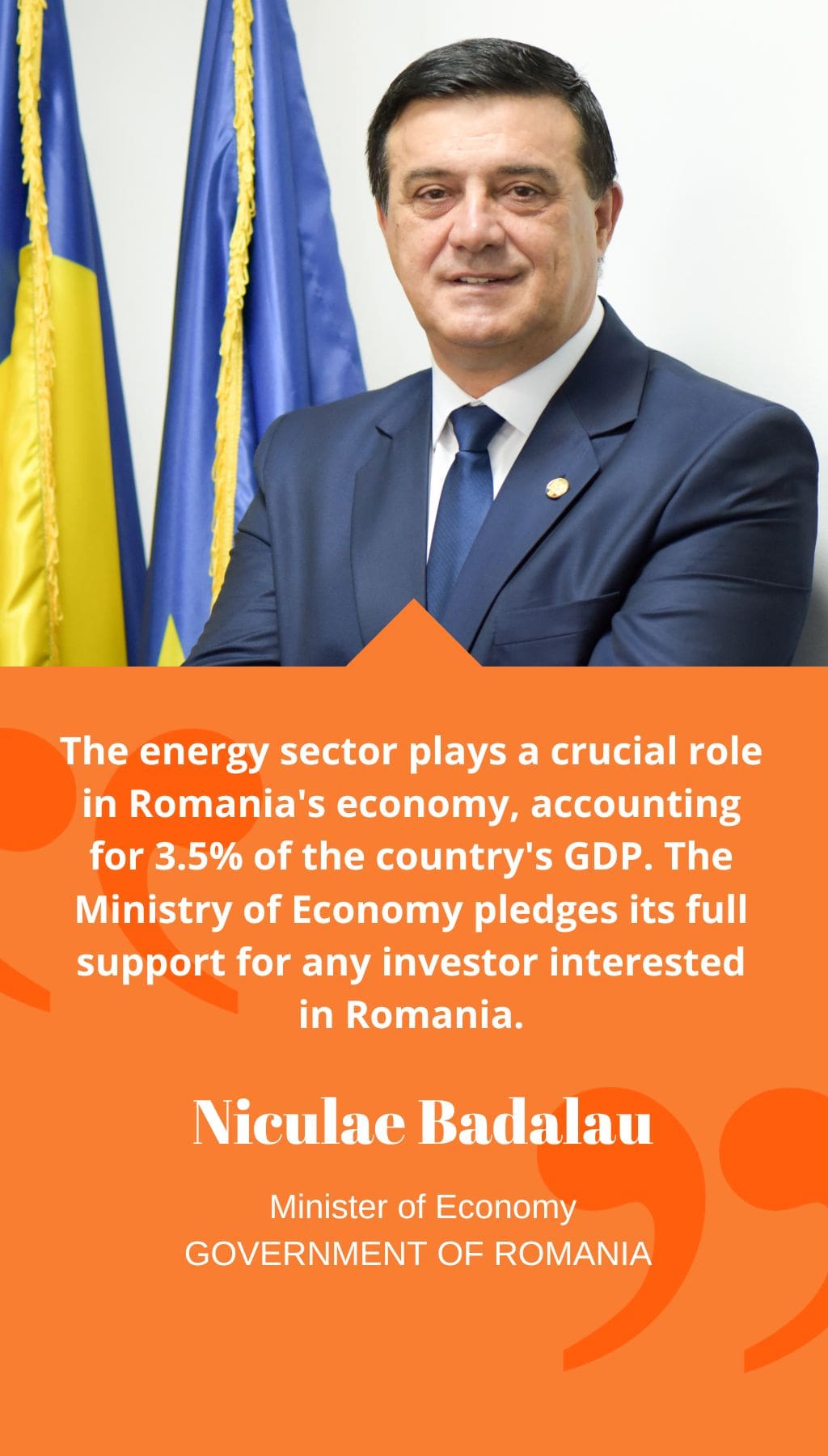
- Romania | 16 June 2019

Could you please explain the factors that have been driving the steady growth of Romania’s GDP over the past few years?
There have been several factors contributing to the growth of Romania’s GDP, but investments, particularly in infrastructure through the National Local Development Programs (PNDL1 and PNDL2), have played a significant role. The programs aimed to ensure a minimum set of public services in every locality, including health, education, water and sewerage, thermal and electrical energy, roads, and culture. Additionally, the increase in internal consumption resulting from higher wages and pensions has also been a driving force. This year, the execution budget for investments is ten times higher than last year, with the majority of it allocated for further investments.
What is the significance of the energy sector to Romania’s economy as a whole?
The energy sector plays a crucial role in Romania’s economy, accounting for 3.5% of the country’s GDP. The Ministry of Economy oversees two significant electricity and natural gas transporters, Transgaz and Transelectrica, with Transgaz currently constructing the BRUA, a crucial infrastructure element that will connect Bulgaria, Romania, Hungary, and Austria. Furthermore, the Ministry has reached an agreement with Transgaz to modernize and extend the national gas network, with €25 million allocated this year and €100 million per year for the next few years. Transelectrica is also completing the 400 kV electric ring at a national level and the ring that will serve the capital city of Bucharest, to meet the increasing demand for power from industrial consumers.
Given recent unexpected legislation affecting the industry’s future plans, how can new and existing investors be assured of a stable and predictable legislative framework in the coming years?
The Ministry of Economy pledges its full support for any investor interested in Romania, with the government taking decisive steps to reduce bureaucracy, taxation, and develop a working Public-Private-Partnership bill, all aimed at promoting investment in Romania. The Ministry believes that industry is critical to long-term development, growth, and job creation, and is committed to supporting these objectives.
What are the Ministry of Economy’s objectives for the next two to three years?
The Ministry of Economy has set several goals for the next two to three years, including reopening mines that hold valuable resources. For example, the Cuprumin and Moldomin mines will merge to form a single company, with plans to collaborate with a private company. Additionally, Romania plans to join the Battery Alliance, a European initiative that aims to develop battery production at the EU level. Romania holds significant reserves of graphite and cobalt, attracting several foreign companies seeking prospecting licenses. This gives Romania an advantage in building a battery factory and playing a vital role in this growing market. The Ministry will also focus on developing electric charging stations, upgrading the national automobile park, investing in the defense industry, and initiatives in consumer protection, particularly in certifying product conformity.














